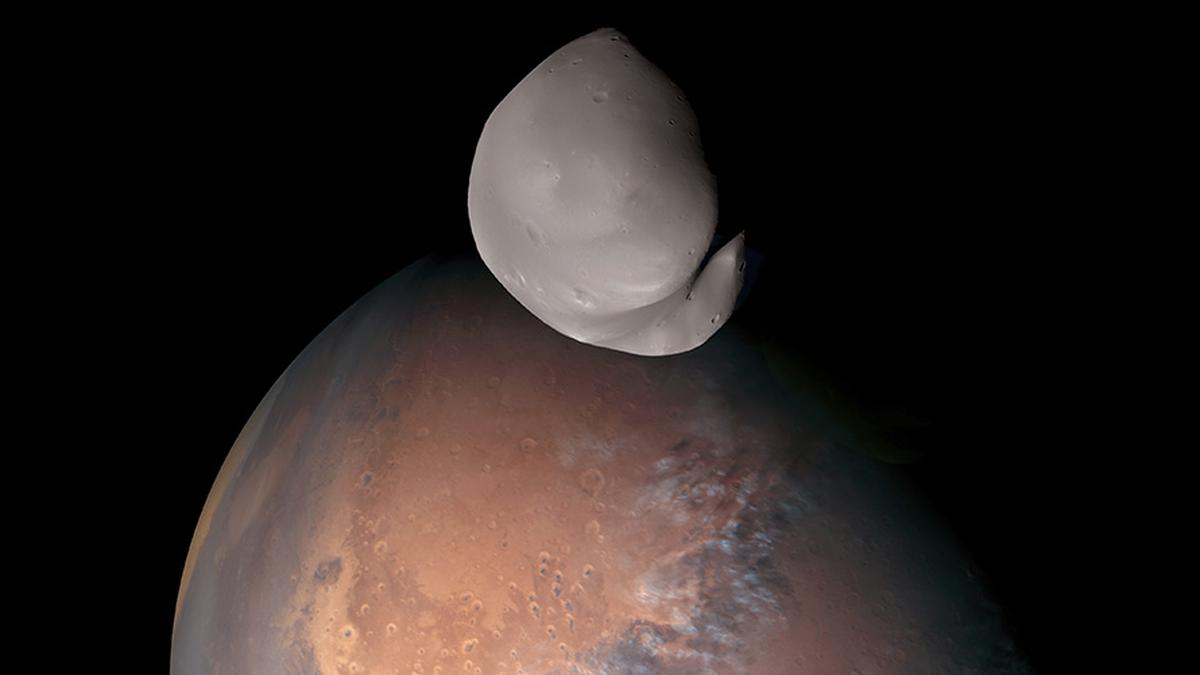
Going to Mars? Speak to a psychologist first Premium
The Hindu
While researchers know that space travel can stress space crew members both physically and mentally and test their ability to work together in close quarters, missions to Mars will amplify these challenges.
Within the next few decades, NASA aims to land humans on the Moon, set up a lunar colony and use the lessons learned to send people to Mars as part of its Artemis program.
While researchers know that space travel can stress space crew members both physically and mentally and test their ability to work together in close quarters, missions to Mars will amplify these challenges. Mars is far away – millions of miles from Earth – and a mission to the red planet will take two to two and a half years, between travel time and the Mars surface exploration itself.
As a psychiatrist who has studied space crew member interactions in orbit, I’m interested in the stressors that will occur during a Mars mission and how to mitigate them for the benefit of future space travelers.
Given the great distance to Mars, two-way communication between crew members and Earth will take about 25 minutes round trip. This delayed contact with home won’t just hurt crew member morale. It will likely mean space crews won’t get as much real-time help from Mission Control during onboard emergencies.
Because these communications travel at the speed of light and can’t go any faster, experts are coming up with ways to improve communication efficiency under time-delayed conditions. These solutions might include texting, periodically summarizing topics and encouraging participants to ask questions at the end of each message, which the responder can answer during the next message.
Space crew members won’t be able to communicate with Mission Control in real time to plan their schedules and activities, so they’ll need to conduct their work more autonomously than astronauts working on orbit on the International Space Station.
Although studies during space simulations on Earth have suggested that crew members can still accomplish mission goals under highly autonomous conditions, researchers need to learn more about how these conditions affect crew member interactions and their relationship with Mission Control.











